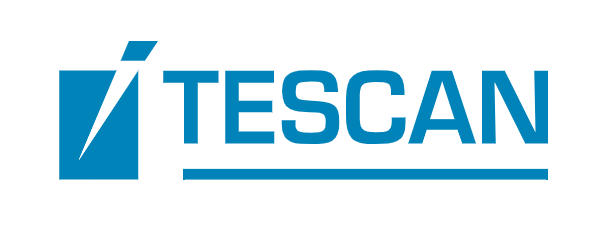Speaker
Description
In a fractured porous medium, the fractures are often characterised by their anisotropic shape. For example, in a two-dimensional situation, the fractures are long and thin formations, in which the medium properties may differ considerably when compared to the corresponding ones in the adjacent blocks. For the numerical simulation of flow in porous media, a commonly adopted strategy is to consider the fractures as reduced-dimensional objects, in this specific case as one-dimensional manifolds. In doing so, two aspects need to be clarified: which mathematical model should be considered inside the reduced-dimensional fracture, and how is this coupled to the mathematical model adopted in the blocks.
In this talk, we discuss these aspects, based on the properties of the porous medium and on the underlying flow models. More precisely, we use the aspect ratio of the fracture as an anisotropic, two-dimensional object, identified below as $\varepsilon$ (a small, positive parameter). Depending on how the ratio of the porosities in the fracture and in the blocks, respectively of the permeabilities in the two media, scale with $\varepsilon$, we identify various situations leading to different reduced-dimensional models in the fracture. We conclude by discussing numerical aspects related to this procedure.
References
Florian List, Kundan Kumar, Iuliu Sorin Pop, Florin Adrian Radu, Rigorous Upscaling of Unsaturated Flow in Fractured Porous Media, SIAM J. Math. Anal. 52 (2020), 239–276.
Kundan Kumar, Florian List, Iuliu Sorin Pop, Florin Adrian Radu, Formal upscaling and numerical validation of unsaturated flow models in fractured porous media, J. Comput. Phys. 407 (2020), 109138
S.B. Lunowa, I.S. Pop, B. Koren, Linearized domain decomposition methods for two-phase porous media flow models involving dynamic capillarity and hysteresis, Comput. Methods Appl. Mech. Eng. 372 (2020), 113364
D. Seus, K. Mitra, I.S. Pop, F.A. Radu, C. Rohde, A linear domain decomposition method for partially saturated flow in porous media, Comput. Methods Appl. Mech. Eng. 333 (2018), 331-355.
| Time Block Preference | Time Block B (14:00-17:00 CET) |
|---|---|
| Acceptance of Terms and Conditions | Click here to agree |






